This week’s Milkshake episode features Brecht Wright Gander, principal of the Brecht Wright Gander Studio, as well a sculptor, a designer, and a provocateur whose work is shot through with inquiry and investigation. For many furniture makers – even those, like Gander, making sculptural furniture – durability is a question of settled law: Better durability is better, full stop. For Gander, though, durability becomes just another aspect of a piece that deserves its own consideration: Why is a more durable object better than another? No one wants a more durable steak, obviously, but it’s a prickly and interesting question when applied to furniture (especially expensive furniture). “I think people want to buy things that last, and people whose labor is primarily intellectual also want their thoughts to last – their ideas to last,” he says. “But as a maker of things, I’m not particularly invested in the lasting. It’s not that the future is uninteresting to me, just [that] I’m okay with matter continuing to transform. I’m not trying to sort of fix it in formaldehyde when I make something.”
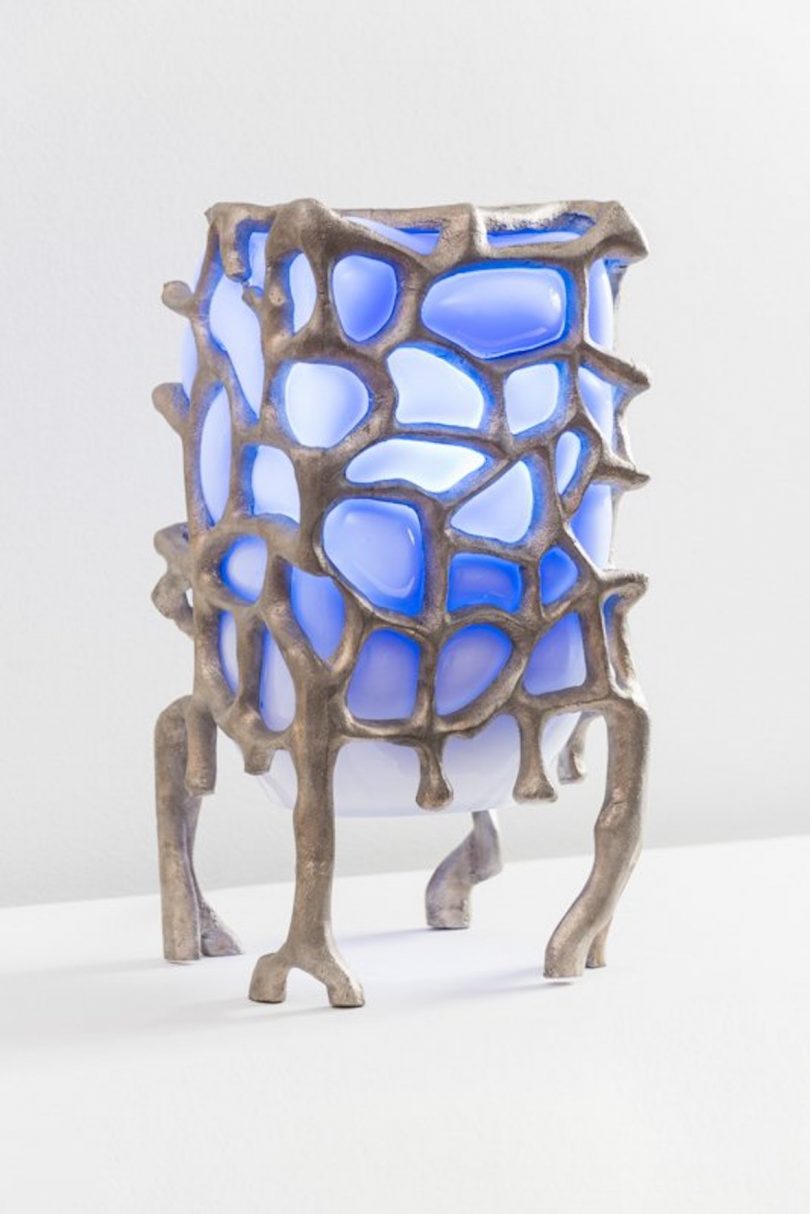
Gander’s work is hugely inventive and often wildly work intensive. (For proof, see his process for the Sculptural Illumination Machine #1, which we shared last September.) In this episode of Milkshake, we asked him about some of his best-known work, including Dream Bed, Dream, a bed that seems at war with the idea of being a bed – or, as we put it to him, against its user, a set-up he didn’t totally approve. “The language of user and user tends to always assume a human centric perspective,” he says. “That’s something I’m interested in exploring and undermining in my work. It’s not a language that I like myself to use.”
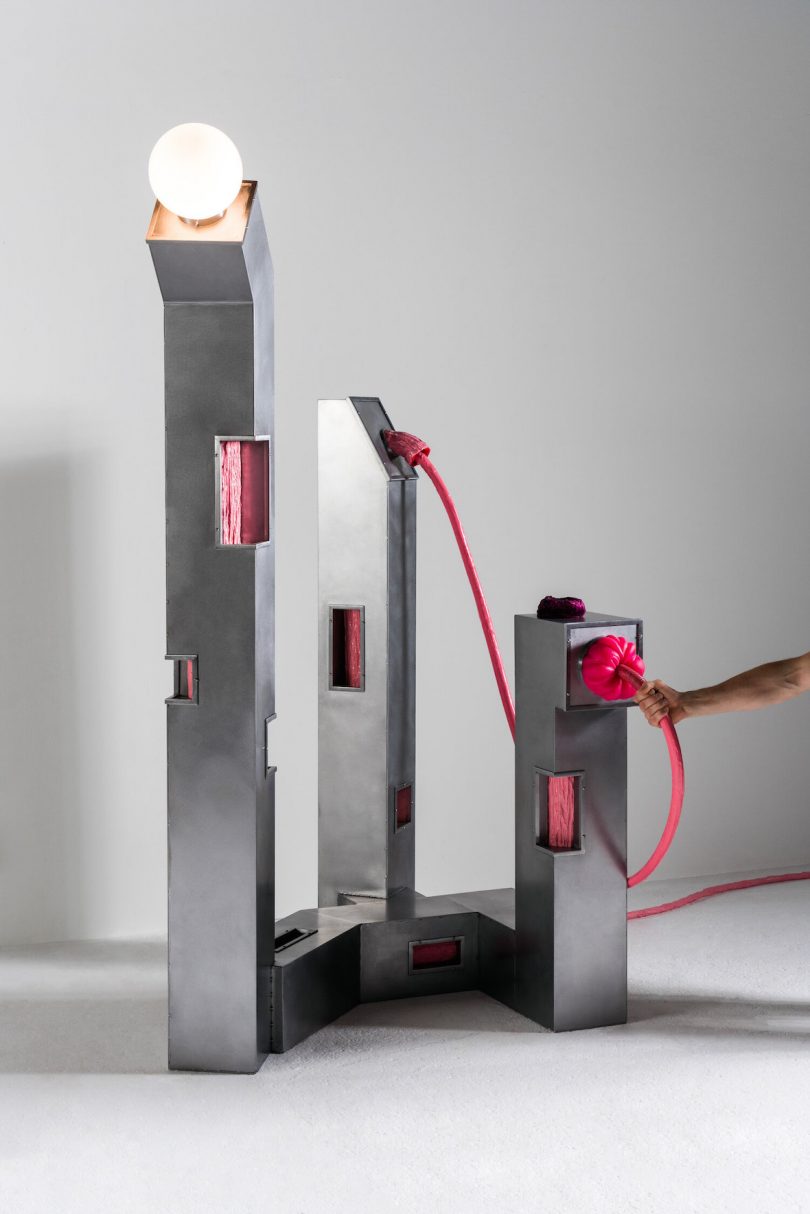
We also asked him about his famous/notorious Another Fucking Lamp. If you want to turn it on, you’ll need to put your hand down an orifice – if you’ve seen a veterinarian help a cow give birth on The Incredible Dr. Pol, you get the idea. “I was specifically trying to make people uncomfortable about using this lamp to complicate that term, about user and usee,” he says. “I was thinking about Victorian furniture when I was making this piece, because in Victorian furniture, women’s clothing of that time is pretty much directly transferred onto furniture typologies: this frilly skirting at the bottom of couches and beds, tables [with] fabric coverings, this relationship between corsets and lampshades – this construing of people as objects and objects as people is something that should make us uncomfortable. By sort of literalizing that and making it explicit in my piece – this kind of sexualization of objects, and potentially even this violation of objects, or people that are represented in object form – that’s what I was going for in this piece.”
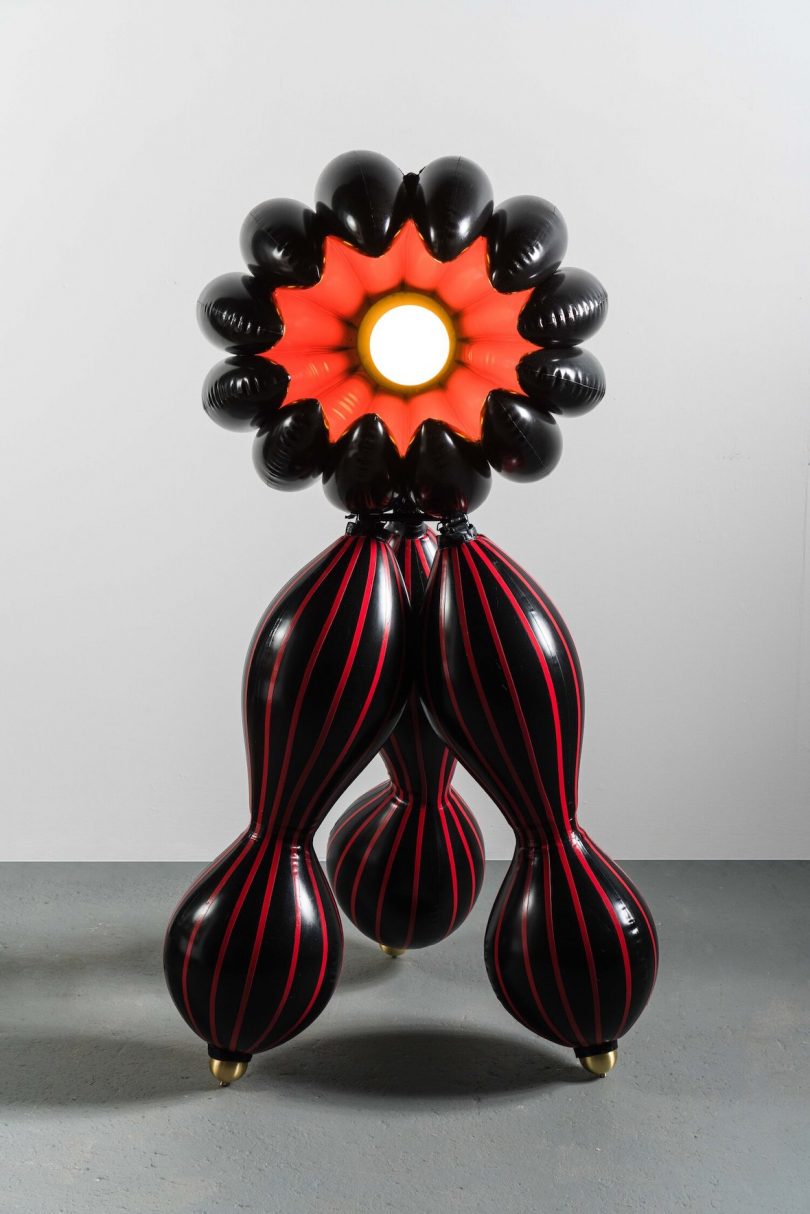
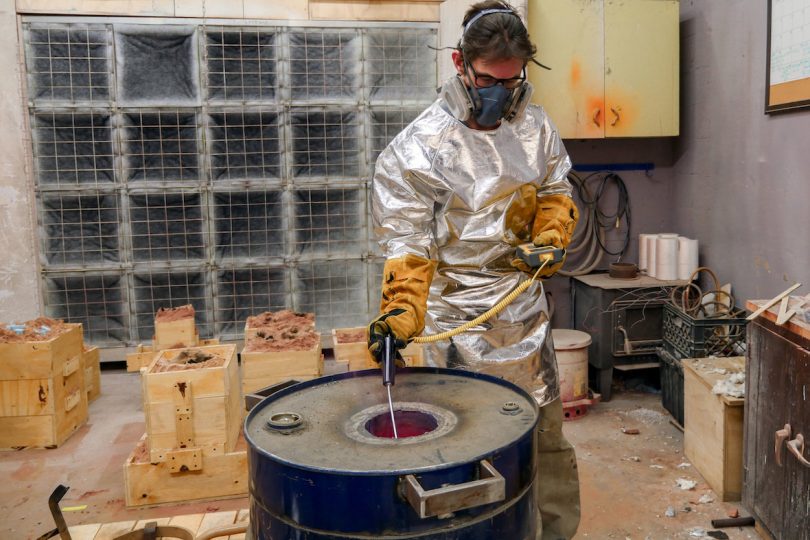
For more, tune in.
Diana Ostrom, who has written for Wallpaper, Interior Design, ID, The Wall Street Journal, and other outlets, is also the author of Faraway Places, a newsletter about travel.
Milkshake, DMTV (Design Milk TV)’s first regular series, shakes up the traditional interview format by asking designers, creatives, educators and industry professionals to select interview questions at random from their favorite bowl or vessel. During their candid discussions, you’ll not only gain a peek into their personal homeware collections, but also valuable insights into their work, life and passions.
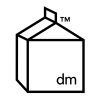
You can follow Design Milk Staff on . Read all of Design Milk Staff’s posts.
